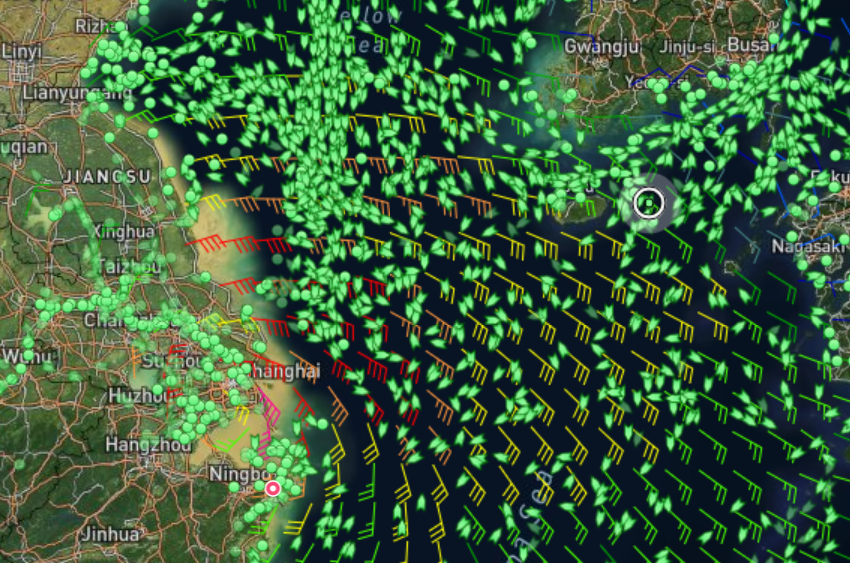
The pandemic and trade wars weakening economies have been the main source of another unexpected problem. Trade imbalance and logistics crisis… Container transportation, which has a share of 80% in global maritime transportation; increased 100% on some lines and 500% on some lines. While this rate was 194% in the Mediterranean route, which includes our country, it was around 450% in Asian ports.
The sector, which has been developing for many years by observing the supply-demand balance, could not meet this sudden imbalance. The demand for healthcare supplies, which increased with the pandemic, was largely made up of American and European countries. Three-quarters of the empty containers China is aggressively trying to take back come from the United States. In contrast, only four out of every ten containers that come to the United States can return. The trade wars between China and the United States also contributed to this imbalance. Container transportation fees, which were around 1,500-2,000 usd, rose to around 9,000-12,000 usd. While companies that experience disruptions in their production are even willing to bring their raw material requirements by air, many products cannot find a place because they carry health materials. The economic recession caused by the pandemic cannot support the increase in logistics costs. Containers waiting in big ports, ships lining up for port entrance, storms increased by climate change cause delays for weeks in a state of complete chaos. Logistics companies are increasing their transfer stations and operations in order to reduce their costs and keep up with the increasing demand. Below you can see the ship traffic in front of the Shanghai port and the typhoon locking the port.

China, which is rapidly wrapping up the effects of the pandemic, is giving an increasing export surplus to the USA and Europe. Thus, the bulk of the world's container assets of around 200 million are required in Asia, but are stuck in the West. The shrinkage of air transportation in this process necessitates the directing of many electronic goods to the sea route.
Some companies started to do their own logistics by purchasing ships in order to solve the problems they experienced in their production. E-commerce sites that offer consumer goods, most of which are made in China, are delaying their deliveries and passing price increases to their customers. With all its effects, the crisis is expected to last until the end of the year.
- Log in to post comments

